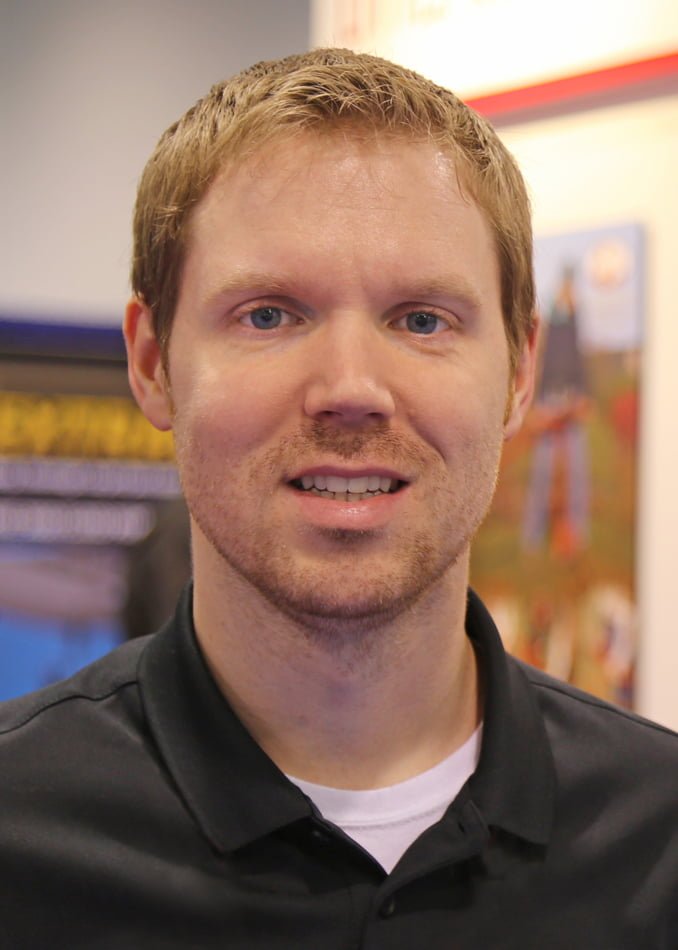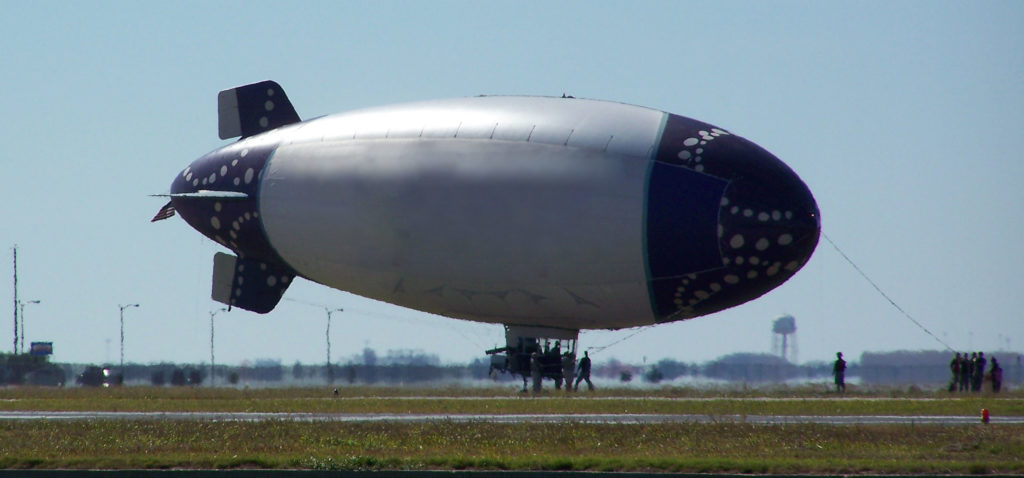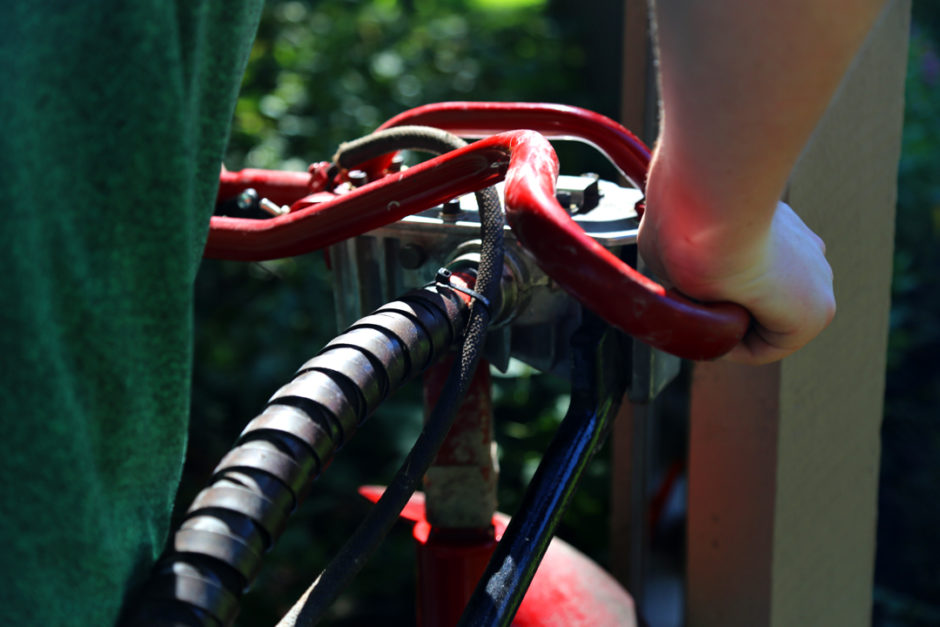
Kwik-Trench Do’s and Don’ts
Tips for getting the most out of your Kwik-Trench
Whether you have owned a Kwik-Trench for years or you’re renting one for the first time, there are a few dos and don’ts that are important to know beyond the guidelines for basic operation. From safety precautions to backfilling advice, we put together a list of tips to keep in mind for your next project.
1. Do Select the Right Trencher for the Job
 If you’re wondering how to choose the right trencher, you’re not alone. With so many options available, it’s helpful to narrow down your search using important criteria such as the size of the project, the soil type and how deep and wide you’ll be trenching.
If you’re wondering how to choose the right trencher, you’re not alone. With so many options available, it’s helpful to narrow down your search using important criteria such as the size of the project, the soil type and how deep and wide you’ll be trenching.
Mini trenchers like the Kwik-Trench can cut up to 30 feet per minute and dig up to 12 inches deep, making them an excellent choice for the shallow trenching needs of rental stores, landscape contractors, golf courses and more. The Kwik-Trench not only has a compact size that can get to places larger trenchers can’t, its pneumatic tires also help to preserve your lawn. With the ability to easily saw through a variety of tough materials like compacted clay, road fill, asphalt and tree roots up to 10 inches thick, the Kwik-Trench is a great choice for almost any landscape project.
2. Don’t Forget to Call Before you Dig
Making sure to call 811 at least three business days before starting your project is a crucial step when it comes to safety and preventing damage to underground utilities. This free service, available in the United States and Canada, sends professionals to your property to mark the location of underground utility lines including water, power and gas so you can know where to dig and what to avoid.
3. Do Plan Your Path
Another helpful tip is to use marking paint to map the path for your trench after the utilities are marked. This is an easy way to save time and be sure you stay on track. Complete a visual assessment to understand the soil you will be digging through and to check for any obstacles, such as tree roots, that you might encounter along the way. When preparing to trench along a straight path, lock the rear swivel wheel of the Kwik-Trench into position to easily guide the trencher straight ahead.
4. Do Use a Proper Method for Backfilling
Properly backfilling a trench will prevent sinking and settling later. A Kwik-Trench simplifies the backfill process by creating narrower trenches and depositing the soil neatly on one side of the trench. This allows you to backfill 50% faster than models that deposit soil on both sides. Backfill 4 to 6 inches at a time, making sure the soil is level and free of debris. This will prevent the occurrence of cupping as the dirt settles.
5. Do Stop and Troubleshoot if Your Machine isn’t Working
If you notice your Kwik-Trench isn’t working properly, make sure to stop and check out the Kwik-Trench FAQ page to troubleshoot. For example, if the cutter wheel quits turning when you push forward, that usually means the clutch mechanism or drive belts are slipping. In very hard clay soils, you can prevent this problem by pushing slowly and letting the machine cut at a slower rate. If your machine binds when you try to raise or lower it, cleaning the guide tubes and lubricating with a graphite or silicon spray should do the trick. For Kwik-Trench owners, staying on top of routine maintenance is a good bet to ensure optimal performance.
At Little Beaver, we’re committed to your success no matter the size of your project. If you have additional questions regarding your Kwik-Trench, don’t hesitate to contact us or check out our FAQs.






 Watching a blimp soar overhead — whether operated by the military or a corporation — can be an awe-inspiring sight. After all, the airships contain enough helium to fill more than three-quarter million balloons. But, that doesn’t actually make them all that lightweight.
Watching a blimp soar overhead — whether operated by the military or a corporation — can be an awe-inspiring sight. After all, the airships contain enough helium to fill more than three-quarter million balloons. But, that doesn’t actually make them all that lightweight.
